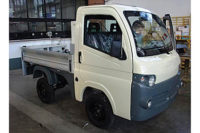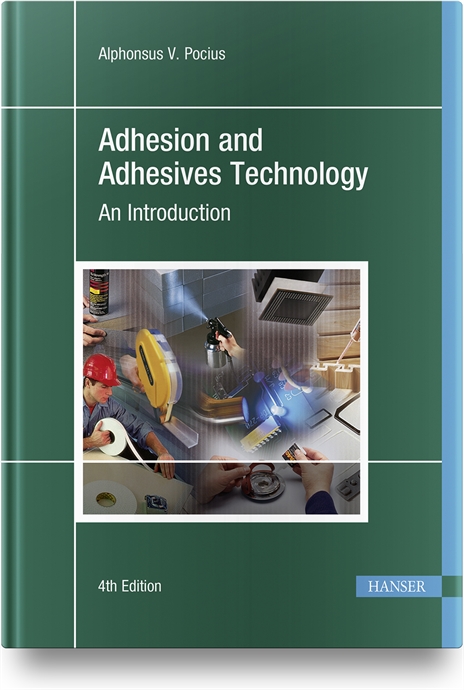Epoxy Bonds Composite Parts for Spacecraft

Several years ago, researchers from QSS Group Inc. and the Ohio Aerospace Institute were interested in finding a commercially available adhesive that bonds titanium pipes to carbon-carbon composite (CCC) sheets. The reason: Doing so would lower the cost of assembling spacecraft heat-rejection systems made of these joined materials.
At the NASA Glenn Research Center in Cleveland, the researchers carefully reviewed the specifications of more than 50 different high-temperature epoxy, silicone or (inorganic) ceramic adhesives. They then selected 18 for testing, hoping to find at least one adhesive that offers good thermal conductivity, excellent mechanical performance and long-term durability.
Step one in the study involved bonding a CCC sheet to a commercially pure titanium sheet with each adhesive. The cured samples were then exposed to either a temperature of 600 K or 530 K for 24 hours, or liquid nitrogen at 77 K for 15 minutes. The 600 K temperature was lowered to 530 K when it was determined that subjecting bonded specimens to 600 K was too severe.
All samples underwent microscopic analysis at the adhesive interface. Six of the adhesives provided good quality bonds between the materials, but 12 didn’t, resulting in voids, porosity or cracks between the bonded joints. These adhesives were immediately disqualified from consideration, because poor bonding adversely affects both the strength and thermal conductivity of the mated structure.
The remaining six adhesives then underwent butt-strap lap shear testing at room temperature, with a crosshead speed of 1 millimeter per minute, using wedge sample grips. A minimum of three samples were tested for each adhesive and condition.
Shear strength was determined by dividing the failure load by the fracture surface area. A wide range of shear strengths were obtained for different adhesives, although strength was always dependent on the ability of the adhesive to strongly bond to the substrate, especially the CCC.
One of the top two mechanical performing adhesives was EP45HTAN, a two-component epoxy from Master Bond Inc. The aluminum-nitride-filled adhesive maintained a relatively high shear strength of 8 to 9 megapascals under all the conditions tested. Equally important, the fracture surfaces of all the tensile failures in the joint always took place in the outer ply of the CCC. This indicates that the substrate failed before the bond.
EP45HTAN bonds and seals a wide range of substrates (metal, glass, composites, plastic), and its mix ratio is a forgiving 100 to 30 by weight. The adhesive is 100 percent reactive, contains no solvents or diluents, and its parts A and B are thixotropic pastes. Optimum cure takes 2 to 3 hours at 300 F, followed by a post cure of 3 to 4 hours at 350 F. Although a thixotropic paste, the adhesive flows slightly during curing.
For more information on aluminum-nitride-filled adhesives, call 201-343-8983 or visit www.masterbond.com.
Looking for a reprint of this article?
From high-res PDFs to custom plaques, order your copy today!






